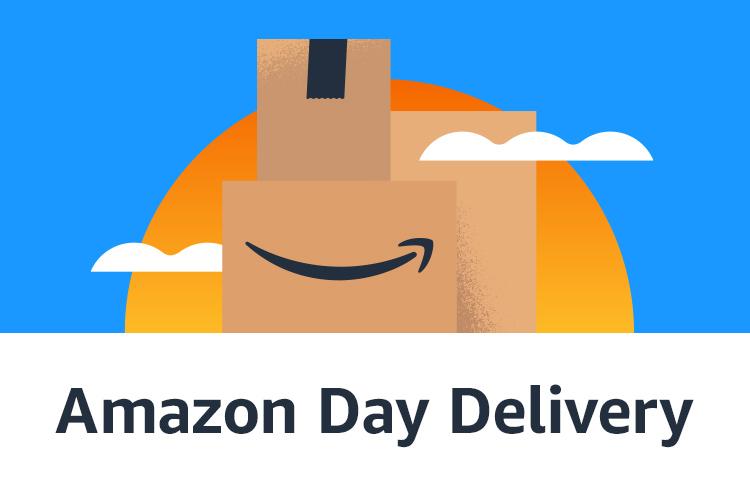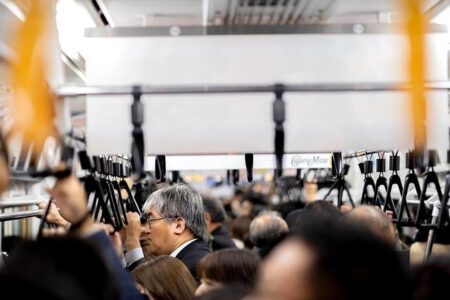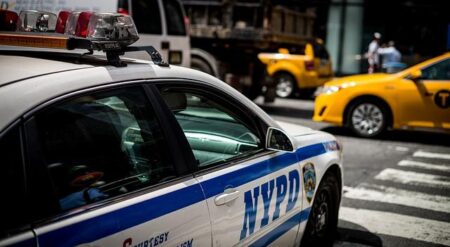Reimagining Urban Delivery: Prioritizing Safety Amidst New York City’s Rapid Shipping Boom
Urban Delivery Complexities in New York City’s Crowded Streets
New York City’s intricate street network, coupled with its notorious traffic snarls, creates a challenging environment for delivery drivers striving to meet the growing demand for expedited shipping. The pressure to fulfill orders within tight timeframes often forces couriers to navigate through congested avenues, dodge double-parked vehicles, and weave around pedestrians crossing unpredictably. These conditions not only prolong delivery durations but also elevate the likelihood of accidents.
Compounding these difficulties are the scarce loading zones and stringent parking restrictions, which frequently compel drivers to resort to illegal parking or double-parking, further aggravating traffic congestion. This ripple effect impacts not only delivery personnel but also cyclists, public transit users, and pedestrians, intensifying the city’s transportation challenges.
| Issue | Consequences |
|---|---|
| Heavy Traffic | Delays in deliveries and increased driver stress |
| Scarce Loading Areas | Illegal parking and lane blockages |
| High Pedestrian Volume | Greater risk of collisions and slower navigation |
| Delivery Time Constraints | Risky driving behaviors and speeding |
- Driver exhaustion due to prolonged shifts amid chaotic traffic
- Inadequate infrastructure adjustments to meet rising delivery volumes
- Disruptions to public transportation timetables and routes
Ensuring Safety Without Compromising Delivery Speed
The promise of two-day shipping, popularized by Amazon, has transformed consumer expectations but has also introduced significant safety challenges on New York’s streets. Delivery vehicles frequently maneuver through crowded sidewalks and busy intersections, posing hazards to pedestrians and delivery workers alike. It is crucial that the drive for rapid order fulfillment does not undermine community safety.
Effective strategies to harmonize speed with safety include:
- Establishing exclusive loading zones to prevent illegal parking and reduce sidewalk congestion.
- Strengthening traffic law enforcement in areas with high delivery activity to discourage unsafe driving.
- Upgrading pedestrian infrastructure by widening sidewalks and improving crosswalk visibility.
- Utilizing advanced routing technologies to optimize delivery paths and minimize interactions with vulnerable road users.
| Initiative | Advantage | Effect on Delivery Timeliness |
|---|---|---|
| Exclusive Loading Zones | Reduces pedestrian obstruction | Negligible delay |
| Enhanced Traffic Enforcement | Boosts pedestrian protection | Maintains smooth traffic flow |
| Improved Pedestrian Facilities | Mitigates accident risks | No significant impact |
| Smart Routing Systems | Decreases hazardous encounters | Accelerates deliveries |
Cutting-Edge Approaches to Reduce Delivery-Related Incidents
With e-commerce booming in NYC, innovative, tech-driven solutions are essential to curb delivery accidents. Leading logistics firms are adopting AI-enhanced GPS navigation to dynamically reroute drivers away from congested or accident-prone zones, reducing risky maneuvers. Additionally, sensor technology embedded in delivery vehicles now alerts drivers to nearby pedestrians and cyclists, addressing blind spot dangers.
Collaborations between city officials and delivery companies have also fostered novel initiatives such as:
- Neighborhood micro-distribution centers: Compact warehouses positioned close to delivery hotspots to shorten travel distances and limit large truck presence.
- Electric-assisted cargo bicycles: Environmentally friendly alternatives capable of safely navigating narrow urban corridors.
- Specialized driver education programs: Training focused on NYC’s unique traffic environment, emphasizing pedestrian and cyclist awareness.
| Innovation | Primary Benefit | Adoption Status |
|---|---|---|
| AI-Driven Route Planning | Reduces congestion and accident likelihood | Active pilot projects |
| Micro-Distribution Facilities | Limits large vehicle trips in dense areas | Trial phases in select boroughs |
| Electric Cargo Bikes | Improves maneuverability and safety | Increasingly utilized |
Policy Strategies to Strengthen Delivery Safety in NYC
Addressing the safety challenges posed by rapid package delivery requires decisive policy action. Legislators should mandate comprehensive safety training for all delivery workers, including urban defensive driving and secure package handling during peak periods. Enforcing strict penalties for companies that fail to uphold safety standards can drive industry-wide improvements.
Moreover, modernizing delivery infrastructure through partnerships with e-commerce leaders can introduce smart locker systems and designated drop-off points. These innovations reduce the need for curbside parking in congested zones, mitigating traffic disruptions and enhancing pedestrian safety.
| Policy Initiative | Implementation Approach | Anticipated Outcome |
|---|---|---|
| Compulsory Safety Training | Citywide requirement for all delivery personnel | Fewer accidents and safer streets |
| Smart Locker Deployment | Collaboration with retailers for strategic placement | Reduced illegal parking and traffic jams |
| Designated Delivery Zones | Urban planning to allocate specific curbside areas | Streamlined deliveries and enhanced pedestrian safety |
| Strict Enforcement & Penalties | Fines and sanctions for safety violations | Increased corporate responsibility |
Final Thoughts: Prioritizing Safety in the Era of Rapid Delivery
As Amazon’s two-day shipping continues to redefine consumer expectations in New York City, addressing the accompanying safety challenges is more urgent than ever. Achieving a balance between swift delivery and public safety demands a collaborative approach involving corporations, municipal authorities, and community members. Through thoughtful regulations and innovative technologies, New York can ensure that the convenience of fast shipping enhances, rather than endangers, the city’s vibrant streets and residents. The future of urban logistics hinges not only on speed but on safeguarding the well-being of all who navigate the city daily.













